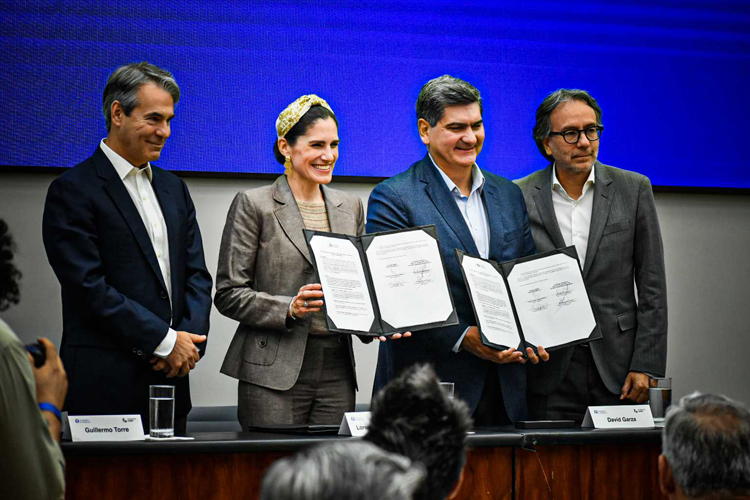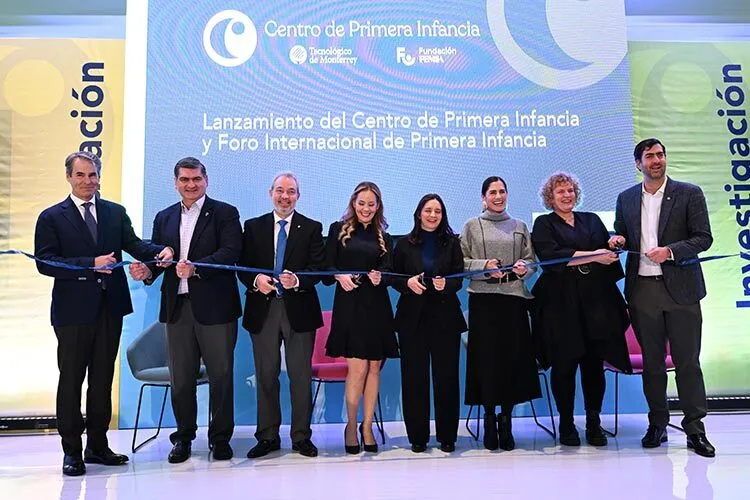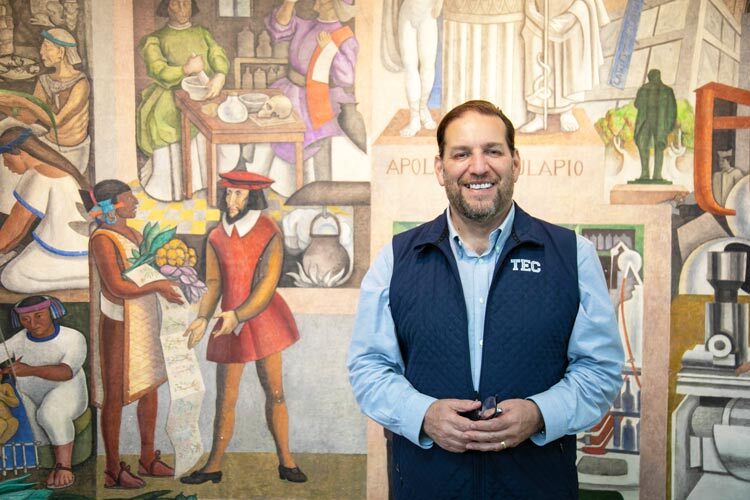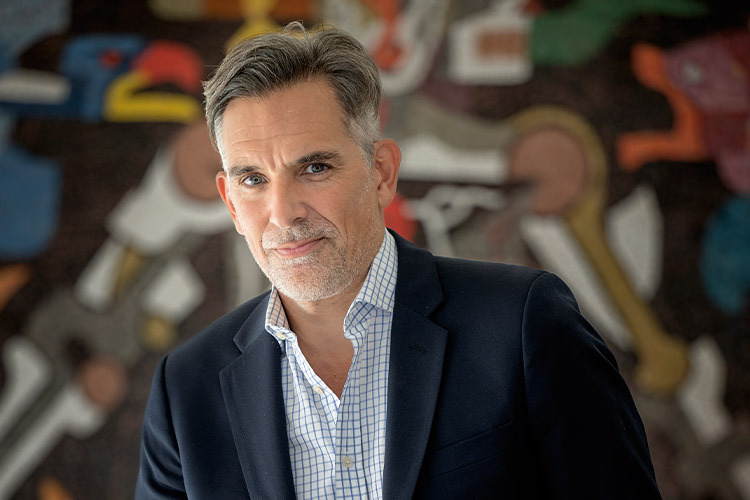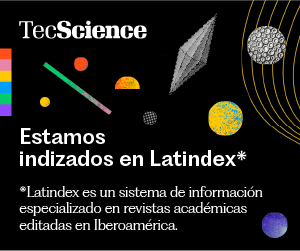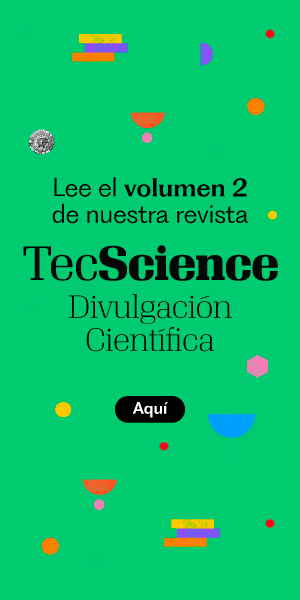In recent years, efforts around the world have been made to ensure that early childhood is lived fully and healthily. However, most of them have focused on the first thousand days: from childbirth to two years of age. Two recent studies demonstrate that the next thousand days, from two to five years of age, are equally important.
In a recent series published by The Lancet, researchers explain why it is essential to invest in this window of time, as it is a unique opportunity to promote good nutrition, learning, and health, both physical and mental.
“During these days, we have a great opportunity to impact the well-being of our children,” said Manuel Pérez, director of the Center for Early Childhood from Tecnológico de Monterrey and FEMSA foundation, during his participation in the launch event for this series in the Latin American region.
Among the participants were two of the series’ lead authors, Catherine Draper, associate professor at the University of the Witwatersrand, South Africa, and Milagros Nores, co-director of the National Institute for Early Education Research (NIEER), who explained the evidence behind the importance of developing intervention programs that promote quality care during these important years.
Globally, less than 30% of children aged three and four receive adequate care and education in low- and middle-income countries, such as Mexico. In this country, only 44% of children have access to early childhood care and education services.
“The differences are exacerbated depending on where you were born,” said Adriana Gidi, Associate Director of the Early Childhood Center. According to her, although 30% of Mexican children live in rural areas, only 2.2% of comprehensive care centers are there.
The Next 1,000 Days That Are Equally Important
During the first two years of life, children typically spend most of their time with their parents or primary caregivers and healthcare workers, so many intervention programs to ensure appropriate care focus on these two groups.
In 2017, The Lancet launched a series that preceded the current one. This series focused on the first 1,000 days and guaranteed nurturing care during this stage. Now, with the second series, they also focus on the next 1,000 days.
“We want to make it clear that we are not trying to say that the next 1,000 days are more important than the first, but that both of these matter,” Draper said.
In the first part of the current series, the authors explain why these years are important and, in the second, what the cost of not investing in them is.
Starting at age two, children begin to explore their environment more, which is when motor, cognitive, and emotional skills that are key to their healthy growth are developed.
At this stage, they spend more time with their caregivers and those who provide care services, such as preschools and daycare centers, when they can access them. Therefore, there is an excellent opportunity to develop programs that increase the coverage of these centers and guarantee their quality.
Investing in high-quality care and education programs for these ages generally costs around 1% of a country’s GDP. “The benefits are, on average, eight to 19 times greater than the cost,” Nores said.
The Information that Must Reach Decision-Makers
During the event, the authors and other attendees, such as Aranzazu Alonso, executive director and general coordinator of the Pact for Early Childhood, emphasized the need to expand the reach of these initiatives.
According to the series, from 1919 to 2020, interventions that promoted healthy development in the next 1,000 days were delivered primarily in high-income countries. Only 5% of the published interventions have been implemented in low—and middle-income countries.
“There’s a big mismatch between the global regions where interventions are more needed and areas where they are being implemented, evaluated, and published,” Draper said.
Therefore, it is crucial that the information gathered by these studies reach decision-makers, public policymakers, and governments, as they are the ones who have the duty to ensure sufficient investment in programs that guarantee quality early childhood care.
“We are committed to generating and disseminating scientific evidence to ensure that those who design programs and policies are aware of it and use it for the benefit of children,” Gidi said.
The Mexican government was represented by Lorena Villavicencio, executive secretary of the National System for the Comprehensive Protection of Children and Adolescents (SIPINNA); Daniel Aceves, general director of the National Center for Child and Adolescent Health; and Xóchitl Moreno, general director of Curriculum Development at the Ministry of Public Education (SEP); all of whom reiterated their commitment to supporting the development of these types of interventions and programs.
“We can’t do this alone; we have to work together and leverage partnerships across platforms and sectors,” Draper said.
Were you interested in this story? Want to publish it? Contact our content editor to learn more: marianaleonm@tec.mx


